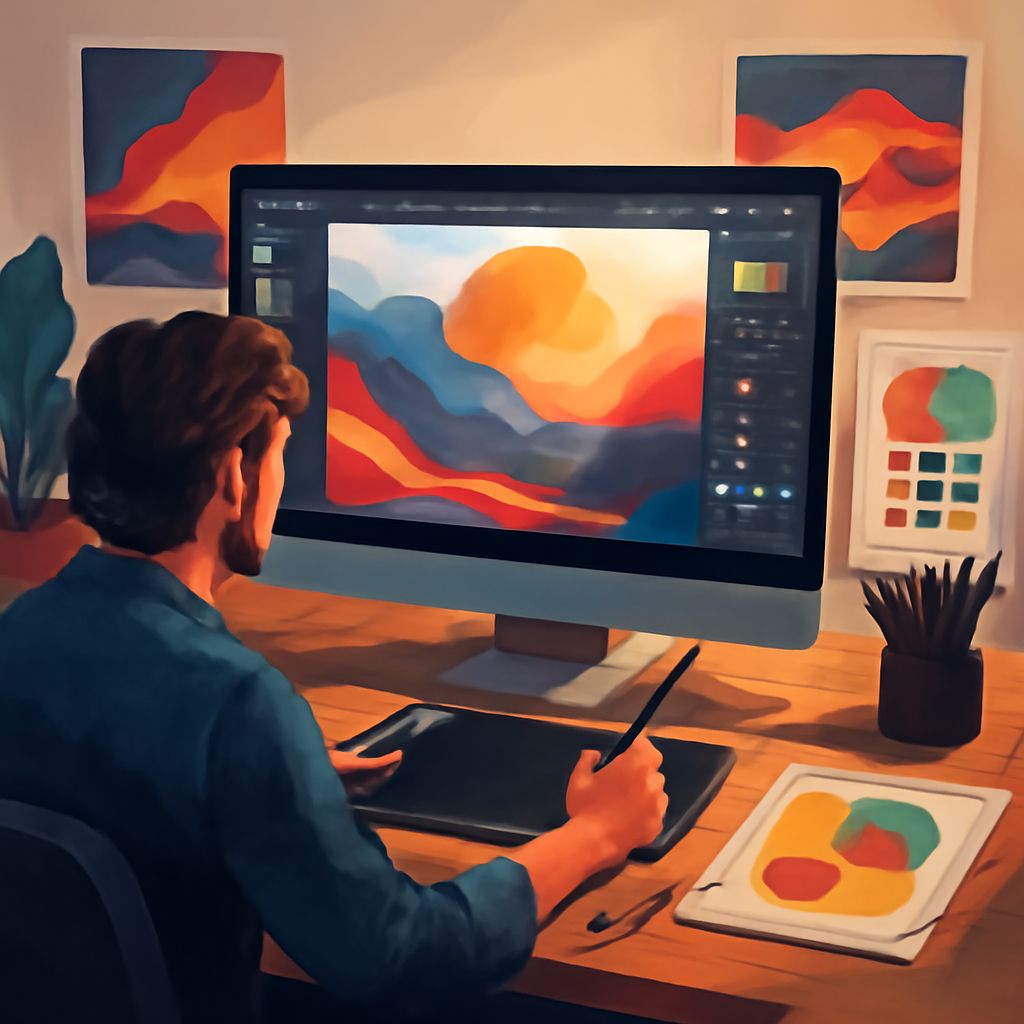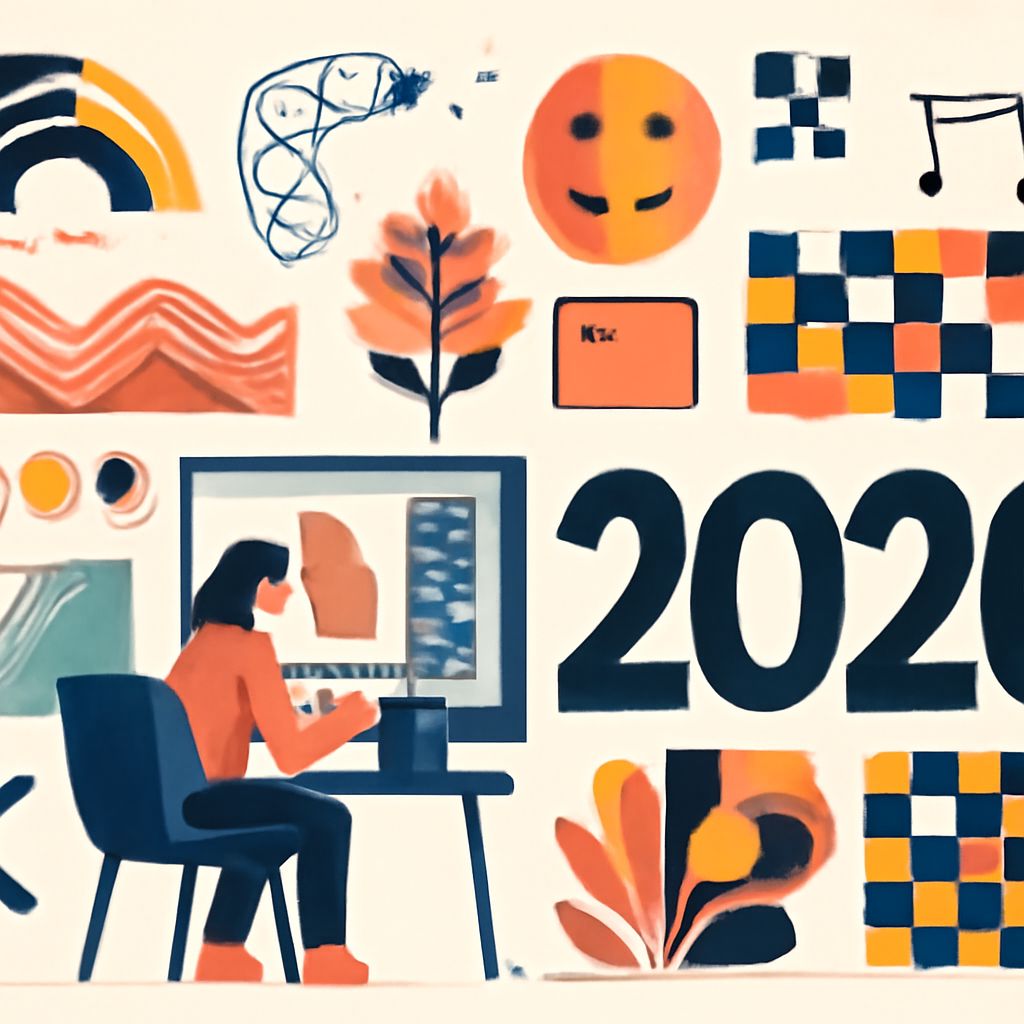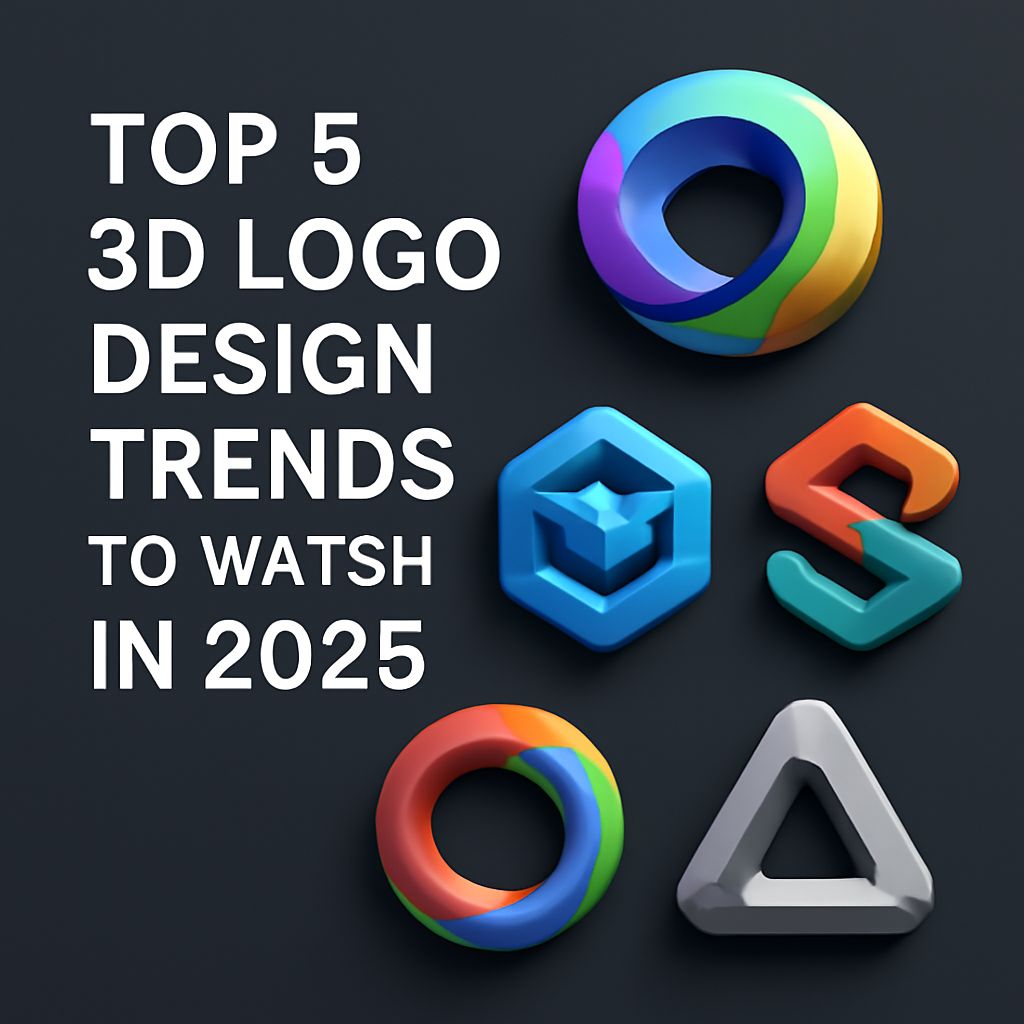Unveiling the Future: Graphic Design Trends for 2026
Explore the top graphic design trends to watch in 2026 and stay ahead in the creative industry with fresh insights and innovative ideas.

Table of Contents
Unveiling the Future: Graphic Design Trends to Watch in 2026
The world of graphic design is ever-evolving, influenced by technological advancements, cultural shifts, and changing consumer preferences. As we approach 2026, several key trends are poised to shape the landscape of graphic design. This article explores these emerging trends, providing insight into what designers can expect and how they can adapt to stay ahead in the industry.
1. Sustainability in Design
As awareness of environmental issues continues to grow, sustainability is becoming a vital aspect of graphic design. In 2026, designers are expected to prioritize eco-friendly practices and materials. This trend includes:
- Use of Recyclable Materials: Designers will increasingly seek recyclable or biodegradable materials for print designs.
- Digital-First Approaches: More brands will opt for digital solutions to minimize waste associated with physical products.
- Eco-Conscious Typography: Fonts designed to use less ink and reduce waste will gain popularity.
2. Augmented Reality (AR) Integration
Augmented reality is set to revolutionize the way graphic designers create experiences. In 2026, expect to see:
- Interactive Print Materials: Magazines and posters that come to life with AR technology, offering immersive experiences.
- AR Branding: Enhanced product packaging that engages customers through their smartphones.
- 3D Elements: The incorporation of 3D visual effects in design to create a more engaging user experience.
3. Minimalism with a Twist
While minimalism has dominated design aesthetics in recent years, a new wave of ‘minimalism with a twist’ is emerging. This trend emphasizes:
- Bold Accents: Minimalist designs paired with vibrant colors or textures to create a striking contrast.
- Unique Layouts: Breaking traditional grid structures to add a sense of creativity and playfulness.
- Typography Focus: Use of unique typefaces and creative typography arrangements to catch the viewer’s eye.
4. Nostalgic Design Elements
Nostalgia is a powerful tool in design. As we head into 2026, designers are expected to draw on retro aesthetics and bygone eras. Key aspects include:
- 80s and 90s Revival: Bold colors, geometric shapes, and pixelated graphics reminiscent of early digital art.
- Vintage Typography: Fonts that harken back to previous decades, adding character to modern designs.
- Filmic and Analog Effects: Use of filters and textures that mimic film and analog photography.
5. Custom and Personalized Experiences
As consumers continue to seek personalized experiences, graphic design will adapt to cater to these preferences. Expect to see:
- Tailored Content: Brands creating custom visuals based on individual user data and preferences.
- Interactive Interfaces: Websites and apps featuring dynamic designs that change based on user interactions.
- Personal Branding: Increased focus on personal branding, with designers helping individuals express their unique identities through visuals.
6. Data Visualization and Infographics
With the growth of information overload, effective data visualization is becoming increasingly important. Designers in 2026 will focus on:
- Storytelling through Data: Creating compelling narratives using data to communicate complex information easily.
- Custom Graphics: Utilizing unique illustrations and graphics to enhance the understanding of the data.
- Interactive Charts: Incorporating interactive elements that enable users to engage with the data.
7. 3D and Immersive Design
The demand for 3D and immersive design experiences is expected to rise significantly in 2026. Designers will explore:
- Virtual Reality (VR): Creating fully immersive environments for brands and products.
- 3D Modeling: Integration of realistic 3D models into traditional graphic design.
- Interactive Environments: Designing spaces that invite user interaction and exploration.
8. Responsive and Adaptive Design
As users access content across a multitude of devices, responsive and adaptive design will remain essential. In 2026, designers will focus on:
- Fluid Grids: Creating layouts that automatically adjust to various screen sizes and orientations.
- Mobile-First Design: Prioritizing mobile user experiences in the design process.
- Progressive Enhancement: Building designs that prioritize content accessibility, regardless of the device being used.
9. Inclusive and Accessible Design
With a growing emphasis on inclusivity, designers in 2026 will need to create more accessible designs for diverse audiences. Key considerations include:
- Color Contrast: Ensuring sufficient contrast between text and background to assist users with visual impairments.
- Alternative Text: Providing descriptive alt text for images to aid those using screen readers.
- Usability Testing: Involving diverse user groups in testing to ensure designs meet varying needs.
10. The Rise of AI in Design
Artificial intelligence is poised to play a significant role in graphic design by 2026. This trend will include:
- Automated Design Processes: AI-powered tools that assist designers by generating layouts, color palettes, and even complex graphics.
- Personalization at Scale: Using AI to analyze user behavior and preferences to deliver tailored design experiences.
- Enhanced Collaboration: AI tools facilitating collaboration between designers and clients by streamlining feedback processes.
Conclusion
The graphic design landscape is set for exciting transformations in 2026. As designers embrace sustainability, technology, and the desire for personalization, they must remain adaptable to these shifting trends. By staying informed and embracing innovation, graphic designers can not only keep pace but also lead the way into a visually captivating future.
FAQ
What are the top graphic design trends expected in 2026?
In 2026, we anticipate trends such as augmented reality in design, minimalistic aesthetics, and a focus on sustainability and eco-friendly practices.
How will technology influence graphic design in 2026?
Technology will play a key role, with advancements in AI-driven design tools, 3D graphics, and interactive media becoming more prevalent in graphic design.
What is the importance of sustainability in graphic design trends for 2026?
Sustainability is becoming increasingly important, as designers look to create eco-conscious designs that utilize recyclable materials and minimize environmental impact.
How can businesses prepare for graphic design trends in 2026?
Businesses should stay informed about emerging trends, invest in innovative design tools, and collaborate with designers who embrace new technologies and sustainability.
Will color trends change in graphic design by 2026?
Yes, color trends are expected to shift towards more muted tones and earth-inspired palettes, reflecting a growing desire for authenticity and connection to nature.






